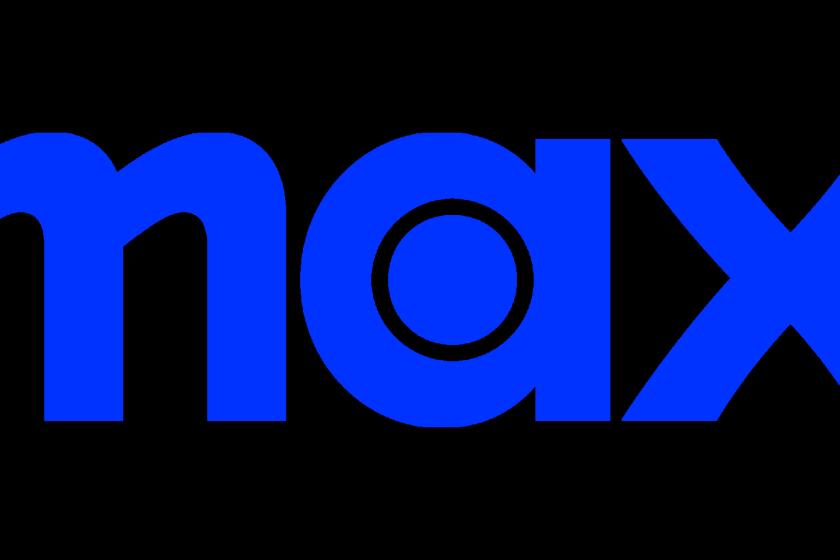With ‘Abominable,’ Shanghai’s Pearl Studio and DreamWorks Animation aim for audiences in China and beyond
- Share via
As writer-director Jill Culton and her team were animating their upcoming movie “Abominable,” they wanted to make sure they got the details of a modern Chinese kitchen scene right. So Culton sent her overseas coproducers an early version of a table full of what she thought would be the right amount of food.
Not even close. In order to look authentic to a Chinese audience, that table had to be jam-packed with soup, chicken wings and other dishes, the China producers told Culton.
“We kept sending it back and forth, and they kept saying, ‘More food, more food!’” Culton said via telephone. “I was laughing so hard.”
That kind of cultural accuracy was made possible by a close collaboration between Shanghai-based Pearl Studio and DreamWorks Animation, the Glendale-based studio owned by Comcast Corp.’s NBCUniversal.
“Abominable” marks the first film from Pearl Studio, formerly known as Oriental DreamWorks, the joint venture DreamWorks Animation founder Jeffrey Katzenberg launched in 2012 with China Media Capital and Shanghai Media Group to capitalize on the growing Chinese film market. DreamWorks Animation was sold to NBCUniversal in 2016. CMC Capital Partners bought DreamWorks’ stake in the Chinese studio and relaunched it as Pearl in February 2018.
Now Pearl, which has offices in New York and Los Angeles and employs more than 60 people, is looking to make its mark on the growing, increasingly global feature animation business with movies that can resonate in China and abroad.
“We believe it is possible to tell stories that are culturally specific and also relatable to the globe,” said Peilin Chou, Pearl Studio’s chief creative officer. “‘Abominable’ is the perfect example of that.”
In DreamWorks’ animated adventure ‘Abominable,’ three friends try to reunite a young Yeti with his family in the Himalayas.
“Abominable,” about a young girl who embarks on a magical 2,000-mile journey with a yeti named Everest, opens Friday in the U.S. and Canada, followed by China on Oct. 1. The movie is expected to gross a modest $17 million to $20 million in its debut weekend in North America, according to people who’ve read prerelease audience surveys. But the studios are hoping the $75-million production will appeal to family audiences in China. The movie, released by Pearl in China and by Universal Pictures in the rest of the world, highlights Chinese landscapes not typically seen in studio movies, including the Leshan Giant Buddha and vast fields of canola flowers.
Coproductions have long been enticing to studios looking to court audiences in China, the world’s second largest film market. Studios collect a higher percentage of the box office from coproductions than they do from foreign movies released in China. They also can secure better release dates in China’s tightly regulated market, where the government favors local productions.
But the promise of coproductions has proved elusive, as efforts to shoehorn big American stars into China-set stories, and vice versa, have struck audiences as clumsy. “The Great Wall,” starring Matt Damon, was a disappointment for Universal and Legendary Entertainment in 2017. Other efforts, such as DreamWorks Animation’s “Kung Fu Panda 3” (2016) and Warner Bros.’ “The Meg” (2018), have managed to successfully appeal to Chinese and American audiences.
Executives and filmmakers behind “Abominable” took pains to make sure the city in the film, which is not named but is based on Shanghai, resembled a real Chinese metropolis, with its motorized scooters and food carts. They also worked hard to accurately portray a modern Chinese family, something rarely, if ever, previously seen in a globally released animated film.
Chou, who is a producer on “Abominable,” said her team agonized over how much teenage protagonist Yi would push back against her mother and grandmother, who lives with them. Would she close the door to her room after an argument, for example? How much would she discuss her feelings openly with her relatives and friends?
There were so many times when we saw it and said, ‘Oh, she’s being super American right there. That might be authentic for an American teenager, but not for a Chinese teenager.’
— Peilin Chou, Pearl Studio’s chief creative officer
“All these things were really scrutinized,” said Chou, who joined Oriental DreamWorks in 2015. “There were so many times when we saw it and said, ‘Oh, she’s being super American right there. That might be authentic for an American teenager, but not for a Chinese teenager.’”
Pearl influenced minute details of the family’s apartment, including a decorative Chinese character for “good fortune,” which is seeing hanging upside down in the film. In Chinese, “upside-down” is a homophone with “to arrive,” so the visual wordplay of the hanging character translates to “good fortune is coming,” Chou explained.
For the voice talent, the companies hired actors of Asian descent for the English-language version (Chloe Bennet, whose father is Chinese, voices Yi) and famous Chinese actors for the Mandarin release (Zhang Zifeng, who voices Yi in the Chinese version).
Almost all the jokes were rewritten for the Chinese version (humor is culturally specific and notoriously difficult to translate). The lip movements were not reanimated for China, but the dialogue was translated in a way that would mostly sync up, a process that took almost a year, Chou said.
Another key hurdle was the music. Culton badly wanted to use the Coldplay hit “Fix You” in a pivotal emotional scene. But when the movie screened for test audiences in China, they were turned off by hearing an non-Chinese voice singing in an otherwise Chinese film. So the studios got permission from the pop band to rerecord the song with a Mandarin singer for the Chinese version.
“In America, that was one of people’s favorite parts,” Culton said of the Coldplay track. “But [Chou] said [the Chinese audience] was so into this being set in China that suddenly hearing a [British] voice singing pulled them out of the movie. I was like, ‘Oh my God. That makes so much sense to me now.’”
Margie Cohn, who earlier this year became president of DreamWorks Animation after leading the company’s prolific television division, praised the collaboration.
“The movie is authentic, and our partnership with Pearl has so much to do with that,” Cohn said. “Our story is universal. I think it transcends whatever country you’re in, or from.”
The movie comes at a time when the market for animation in China appears to be expanding. Until recently, animated movies in China were primarily targeted at children. But as the Chinese film industry has evolved, animated film audiences have broadened to include older viewers, the way cartoons from U.S. studios have done for years. This summer, a Chinese animated film, “Ne Zha,” grossed nearly $700 million in China alone, a record for an animated film there.
Pearl Studio Chief Executive Frank Zhu said the company aims to produce movies that cost $70 million to $80 million to produce, roughly the average for an Illumination Entertainment movie like “Minions” or “The Secret Life of Pets” but far less than the typical Disney or Pixar film. The company is looking to release one movie a year in the next three years or so but aims to eventually produce two films a year, which is standard for an established studio.
Its next project is “Over the Moon,” a production directed by animator Glen Keane that is set to debut on Netflix next year, and in Chinese movie theaters. The company also is making “The Monkey King” with “Kung Fu Hustle” director Stephen Chow.
“If you look at the animation business in China, we’re just getting started,” Zhu said. “We are really in a unique opportunity and historical window to build a world-class animation studio outside Hollywood, in China.”
More to Read
Inside the business of entertainment
The Wide Shot brings you news, analysis and insights on everything from streaming wars to production — and what it all means for the future.
You may occasionally receive promotional content from the Los Angeles Times.











